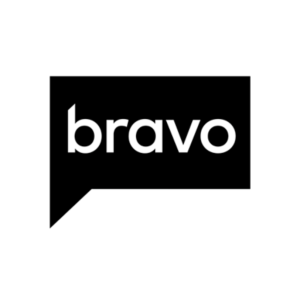“To live a creative life, we must lose our fear of being wrong.” – Joseph Chilton Pearce

Being a copywriter or a designer is a tough job. We have to come up with idea after idea after idea to please different people and to fit different projects. And we think our ideas are damn good—otherwise we wouldn’t present them.
Of course, other people have ideas of their own so we’re used to all sorts of people telling us our ideas aren’t good enough. Even when we know they’re wrong, that can be a tough business to be in—especially if you’re a perfectionist.
What is perfectionism?
Many people think being a perfectionist is a good thing, that it means you only produce quality work. But having high standards and expecting to be perfect every time are different.
Perfectionism is a refusal to let yourself move ahead…To the perfectionist, there is always room for improvement. The perfectionist calls this humility. In reality, it is egotism…Perfectionism is not a quest for the best. It is a pursuit of the worst in ourselves, the part that tells us that nothing we do will ever be good enough. – The Artist’s Way (p. 119-120)
Hi. My name is Coreen, and I’m a recovering perfectionist. Surprisingly (or not), I think a lot of creative people are perfectionists. They’re probably the ones you’ve never heard of—because they refuse to publish until something is perfect.
I was lucky because college helped mellow out my perfectionism. Getting the first D I’d ever gotten on a test, getting hammered on critique day in my writing classes—while disconcerting at first—really helped me distinguish between what was valuable feedback (internal and external) and what was not. Berating myself for not being perfect was not.
My passion to be creative and my quest to produce quality work are still in tact, but I’m okay with work not being perfect because creativity is a work in progress. What’s great about working with other creatives is that good ideas feed off of each other. And at some point, you have to let go…and that’s a good thing.
A perfectionist thinks nothing’s ever good enough. A good copywriter or designer thinks “how can we make this better?”
The perfectionist feels defeated and soon her passion for the work will die. The non-perfectionist remains excited about the possibilities, her passion still alive.
Being wrong gives us the opportunity to learn from someone else. It gives us the chance to make something better that more people will like and be satisfied with.
To break your perfectionist habits:
Give yourself deadlines
A creative mind often needs a trigger, a reason to start creating. Give yourself an hour to work on a project that would normally take three hours. Limit your work to that one hour so your adrenaline and creative juices kick in and your thoughts flow.
Encourage and enjoy teamwork
Watch and listen to how your coworkers develop ideas. Working as a team helps take pressure off and frees you up to learn, to see, to think and to contribute.
Open up to feedback
Ask people you trust what they think about your ideas or your work. Ask people you don’t trust too. Instead of being upset by seemingly negative feedback, be inspired. See this as a challenge for you to think and act differently.
Stop being afraid
Trust yourself most of all. You know what you’re doing. One shame of this economy is that it’s driving people back to perfectionism. People are afraid to lose their jobs, which means they’re also afraid to take risks and express new ideas. It’s time to stop being afraid.
Companies—managers and CEOs—have to step up and stop this cycle. Innovation and leadership come from having the space and the freedom to take creative risks and express all ideas.
Being right often comes after being wrong.
***************
Want to go from perfectionist to creative genius? Read: Your Creative Genius Mindset: The Essential Qualities for “Outside the Box” Thinking
 Yes, it’s different than Bravo’s and StubHub’s, but look at their “before.” Did Bravo and StubHub take a step back?
Yes, it’s different than Bravo’s and StubHub’s, but look at their “before.” Did Bravo and StubHub take a step back?











You must be logged in to post a comment.